Workflow processes are the steps take a task from beginning to end, and they’re a critical part of any project. They aid in planning and monitor important milestones and they can assist you in achieving them by establishing a clear order of activities.
To develop workflow processes begin by identifying your goals. Determine what exactly needs to be accomplished, who’s accountable for each task and how many steps will each take. This will help you design a an efficient workflow that is tailored to your specific business requirements and objectives which will increase efficiency and productivity and ensure the best possible outcomes.
Then, you should talk to your team members and determine their roles. This will allow you to eliminate tasks that are redundant and overlap that waste resources, time and money. If, for instance your customer service department is spending the majority of its time answering calls but not responding to emails you might want to shift their work to better fit your business’ needs.
Also, review your workflow map to see where inefficiencies can be eliminated. If, for instance, one of your workflows are taking too much time because employees wait for information from another change, reworking the process could improve employee and customer satisfaction.
Use interaction nodes to show options that users will be presented with during a work flow process, like accepting or rejecting records. You can include nodes that can pause the workflow until a specific event happens, such as the customer’s response.

